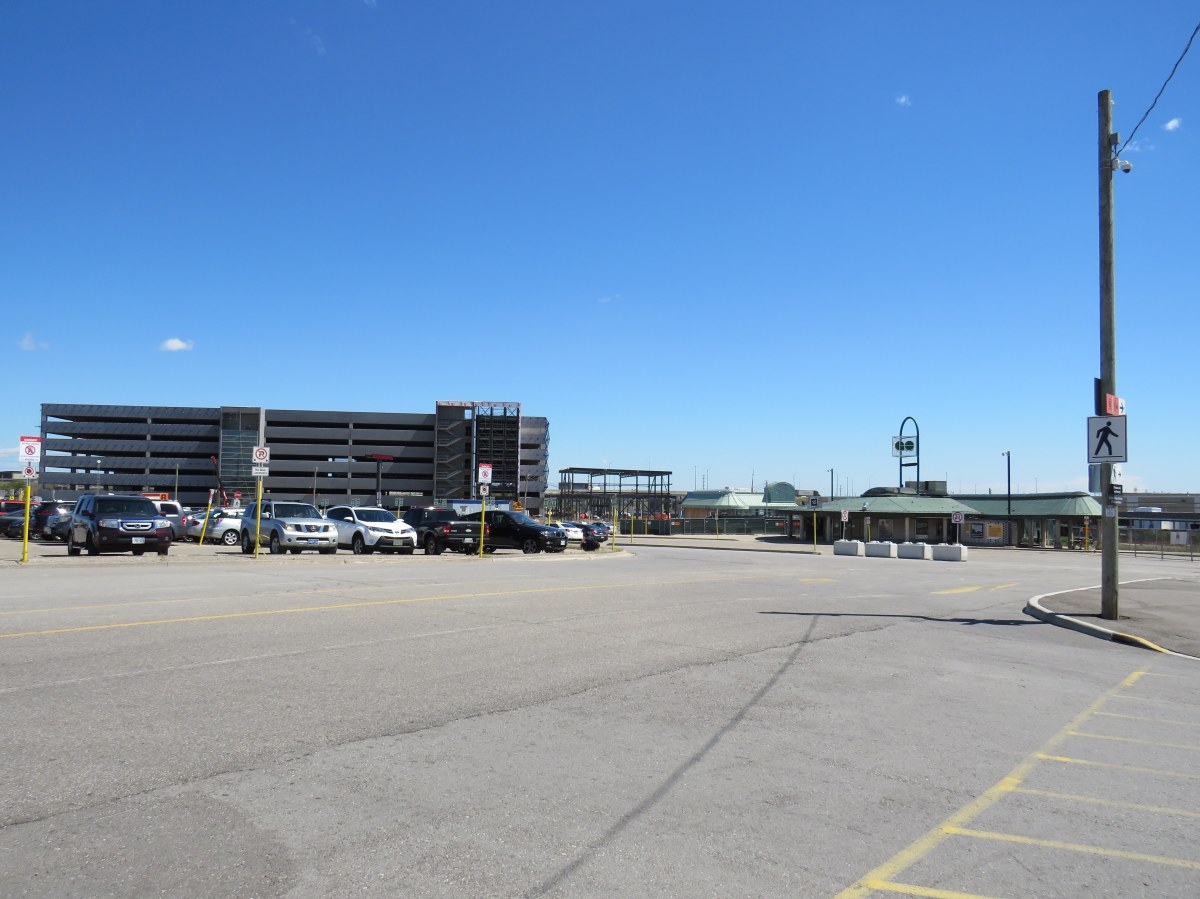crs1026
Senior Member
Totally agree this has to be fact and data based. One ought to revisit the ridership projections to see if the numbers are there.
It’s possible that peak service might fill a couple trains worth of business, but possibly by syphoning rides off other routes. The Highway 27/427 catchment will end up at Woodbine GO anyways. Bolton sits at the periphery of catchment for both Barrie RER and Kitchener RER, but I’m not sure we can afford to infill with another line. A better investment might be some level of east-west higher order transit that better links Vaughan destinations and communities.
I too oppose 413 on the general principle that building more highways in the GTA steals too much money from transit investment, and fundamentally we don’t want to encourage autocentric sprawl in that region. But I don’t have much of a handle on what the most important needs are. IMHO the paramount objective must be to discourage sprawl, so maybe adding transportation capacity at all is wrongheaded. It would be ironic if a group that claims to be fighting sprawl is advocating for an enabler of it.
Everything we were just discussing about CN and Niagara also applies. The Bolton line is CP’s main transcontinental freight thoroughfare. We are only hurting ourselves if we constrain CP’s freight business here, we need that traffic to flow smoothly. Doesn’t mean there can’t be GO there, but expect CP’s valid needs to be substantial and the cost of adding GO capacity on top of CP’s needs to be huge.
- Paul
It’s possible that peak service might fill a couple trains worth of business, but possibly by syphoning rides off other routes. The Highway 27/427 catchment will end up at Woodbine GO anyways. Bolton sits at the periphery of catchment for both Barrie RER and Kitchener RER, but I’m not sure we can afford to infill with another line. A better investment might be some level of east-west higher order transit that better links Vaughan destinations and communities.
I too oppose 413 on the general principle that building more highways in the GTA steals too much money from transit investment, and fundamentally we don’t want to encourage autocentric sprawl in that region. But I don’t have much of a handle on what the most important needs are. IMHO the paramount objective must be to discourage sprawl, so maybe adding transportation capacity at all is wrongheaded. It would be ironic if a group that claims to be fighting sprawl is advocating for an enabler of it.
Everything we were just discussing about CN and Niagara also applies. The Bolton line is CP’s main transcontinental freight thoroughfare. We are only hurting ourselves if we constrain CP’s freight business here, we need that traffic to flow smoothly. Doesn’t mean there can’t be GO there, but expect CP’s valid needs to be substantial and the cost of adding GO capacity on top of CP’s needs to be huge.
- Paul






